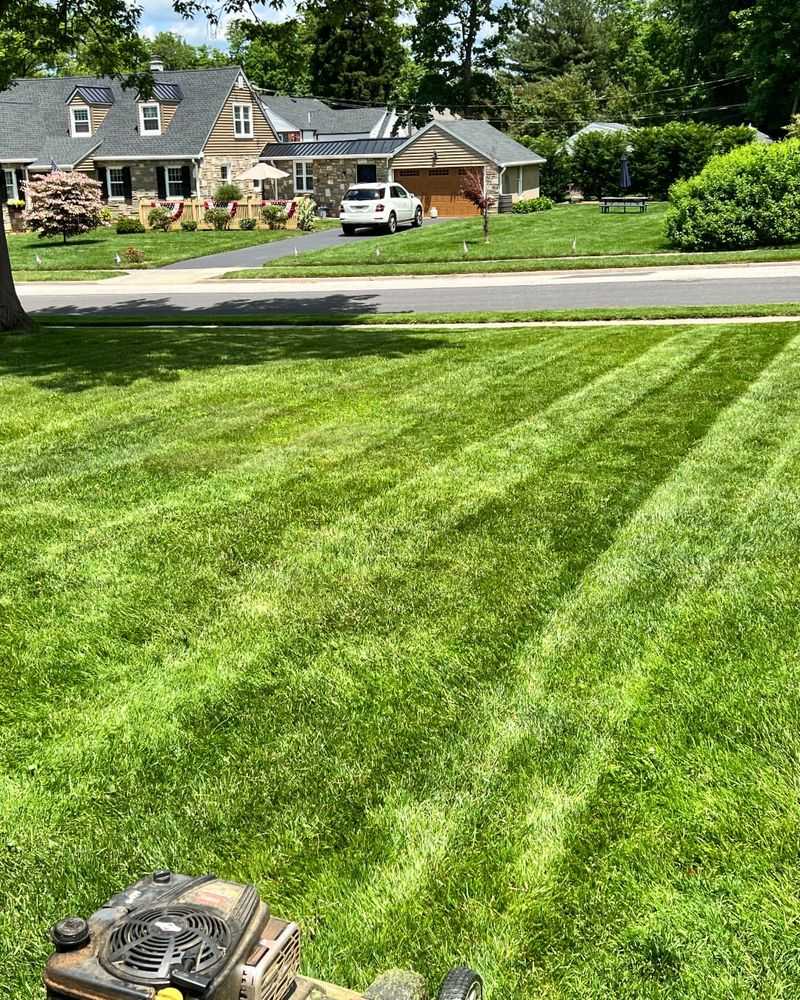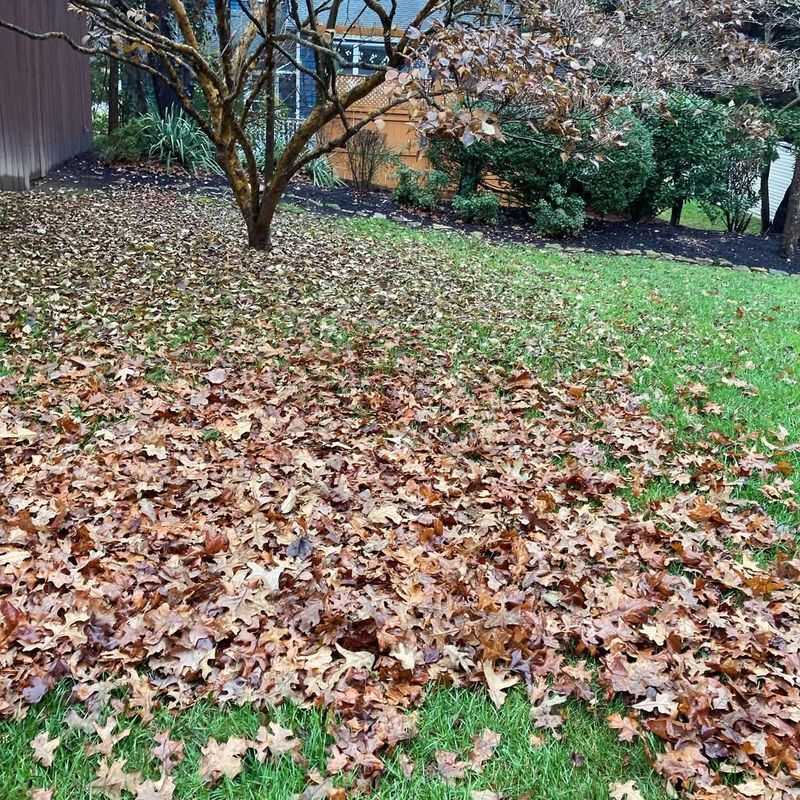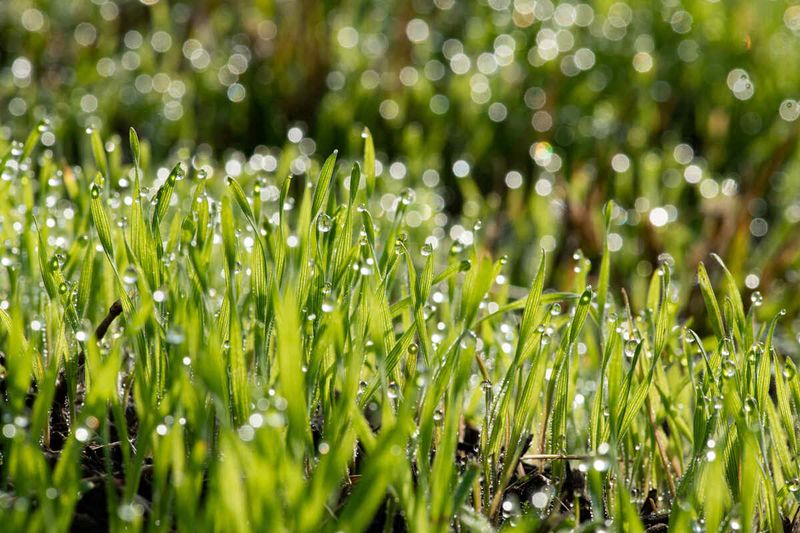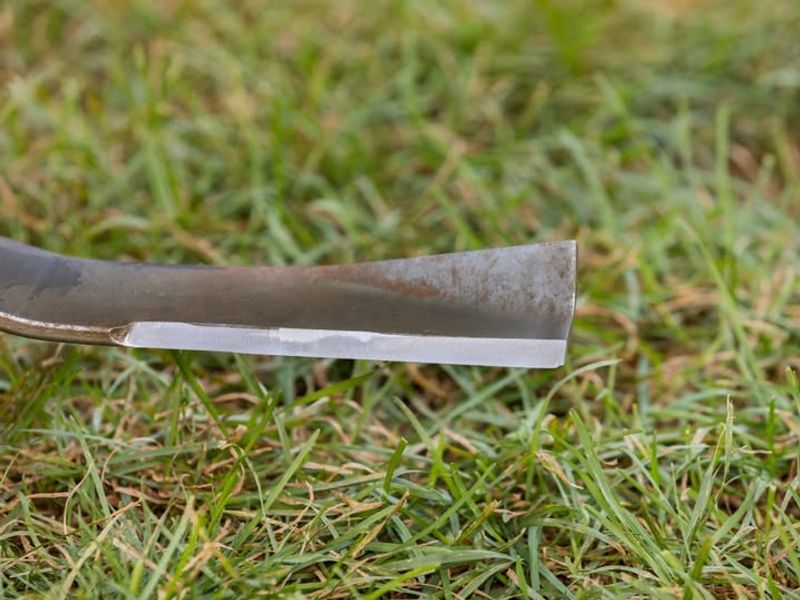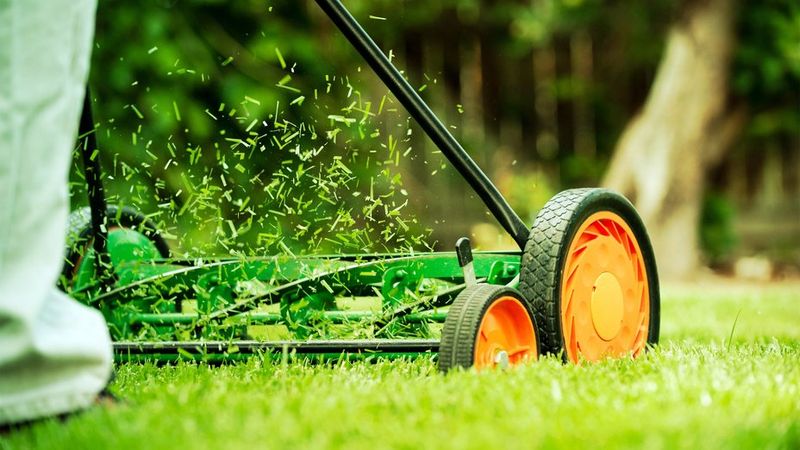November can make or break a Michigan lawn, and the right mowing habits now can set the stage for a strong comeback once spring rolls in. As the days grow shorter and the cold starts nipping at the grass, a few simple rules can keep your yard from falling behind the curve.
Cutting too high or too low can throw the whole lawn out of balance, while a well timed trim can help it stay tough through the long freeze. With smart steps before winter hits, your yard can rest easy and wake up ready to shine.
1. Lower Your Mower Blade Gradually
As autumn progresses, grass growth slows down significantly in Michigan. Dropping your blade height too quickly can shock the lawn and leave it vulnerable to disease. Start by cutting just a quarter-inch shorter than your usual summer height.
By the final mow of November, aim for about two inches tall. This prevents snow mold from developing under heavy winter snowfall. Gradual adjustments keep roots healthy while preparing your yard for dormancy without causing unnecessary stress to the grass.
2. Keep Mowing Until Growth Stops
Your grass does not follow a calendar. It responds to temperature and sunlight. Michigan lawns often continue growing well into November during mild years. Watch your yard carefully instead of assuming a specific end date.
When blades grow more than three inches tall, it is time to mow again. Growth typically stops when soil temperatures drop below 40 degrees consistently. Missing that last mow can leave long grass that mats down under snow, creating perfect conditions for fungal problems come springtime.
3. Remove Leaves Before Each Mowing
Thick leaf coverage blocks sunlight and traps moisture against grass blades. Before firing up your mower in November, rake or blow leaves off the lawn surface. Heavy leaf layers can smother grass and create dead patches by spring.
Mulching small amounts of leaves is fine, but piles need removal first. Clear leaves also prevent your mower from clogging and ensure an even cut. Michigan receives plenty of autumn leaves, so plan to clear them multiple times throughout the month for best results.
4. Avoid Mowing Wet Or Frosty Grass
November mornings in Michigan often bring frost and heavy dew. Cutting grass when it is wet causes uneven trimming and clumps that suffocate healthy turf underneath. Wet conditions also increase soil compaction from mower wheels.
Wait until afternoon when frost melts and grass dries out completely. Mowing frozen blades can damage grass cells and leave ragged, brown edges. Patience pays off with a cleaner cut and healthier lawn. Check weather forecasts and plan your mowing schedule around dry periods for optimal results.
5. Sharpen Your Mower Blade Before Winter
Dull blades tear grass instead of cutting cleanly, which weakens plants heading into winter dormancy. Michigan lawns need every advantage before months of snow and freezing temperatures arrive. A sharp blade creates clean cuts that heal faster and resist disease better.
Check your blade after a full season of use, it likely needs attention. Sharpening costs little but makes a huge difference in lawn health. Clean cuts also mean less browning at blade tips, keeping your November yard looking neat until the first serious snowfall covers everything.
6. Collect Clippings On Final Mows
While summer mowing benefits from leaving clippings to decompose, November requires a different approach. Grass growth slows dramatically, and clippings decompose much slower in cold weather. Thick layers of clippings can mat down and create disease problems over winter.
Bag those final cuttings or rake them up after mowing. Michigan winters are long and harsh and your lawn needs a clean surface to breathe under snow cover. Removing clippings also prevents thatch buildup, giving your grass the best possible chance at a vibrant spring recovery next year.


